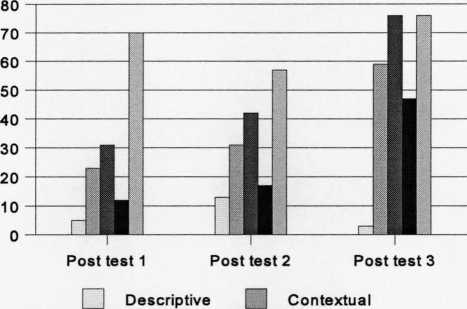Figure 7.34 Distribution (raw data) of the properties mentioned on the story task
across testing

■ Functional H Semantic
□ Other
Considering all the properties except the “other” category, it was found that the children
provided significantly more “contextual” than “descriptive” properties across testing
(Wilcoxon, Pl: Z=2.5, p<.05; P2: Z=2.7, p<.05; P3: Z=4.9, P<.0000), more “functional” than
“descriptive” properties across testing (Wilcoxon: Pl: Z= 3.8, p<.0005; P2: Z=3.0, p<.005;
P3: Z= 5.3, p<.0000) and more “functional” than “semantic” properties (Wilcoxon: Pl:
Z=2.6, p<.05; P2: Z=3.09, p<.05). During post test 3 they also provided more “semantic”
than “descriptive” properties (Wilcoxon: Z=4.7, p<.0000).
Analysis of the “descriptive properties”
Is there a differential impact of the type of exposure to new lexical items that the children
receive on the provision of descriptive properties?
No significant differences were found for post tests 1 and 3. Significant differences were
found for post test 2 (Kruskall-Wallis 1 Way-Anova: X2 = 9.8, df= 2 p<.05). Particularly, the
Definition group provided significantly more “descriptive” properties than the Ostensive
definition (Wilcoxon: Z = 2.06, p<.05) and Lexical contrast groups (Wilcoxon: Z = 2.5,
p<.05).
Does children ,s provision of descriptive properties increase with increased exposure to the
lexical items?
Statistical analysis revealed no significant differences over time.
269
More intriguing information
1. Integration, Regional Specialization and Growth Differentials in EU Acceding Countries: Evidence from Hungary2. Estimating the Technology of Cognitive and Noncognitive Skill Formation
3. The name is absent
4. Strengthening civil society from the outside? Donor driven consultation and participation processes in Poverty Reduction Strategies (PRSP): the Bolivian case
5. The name is absent
6. Gianluigi Zenti, President, Academia Barilla SpA - The Changing Consumer: Demanding but Predictable
7. The Impact of EU Accession in Romania: An Analysis of Regional Development Policy Effects by a Multiregional I-O Model
8. Foreign direct investment in the Indian telecommunications sector
9. The name is absent
10. Modellgestützte Politikberatung im Naturschutz: Zur „optimalen“ Flächennutzung in der Agrarlandschaft des Biosphärenreservates „Mittlere Elbe“